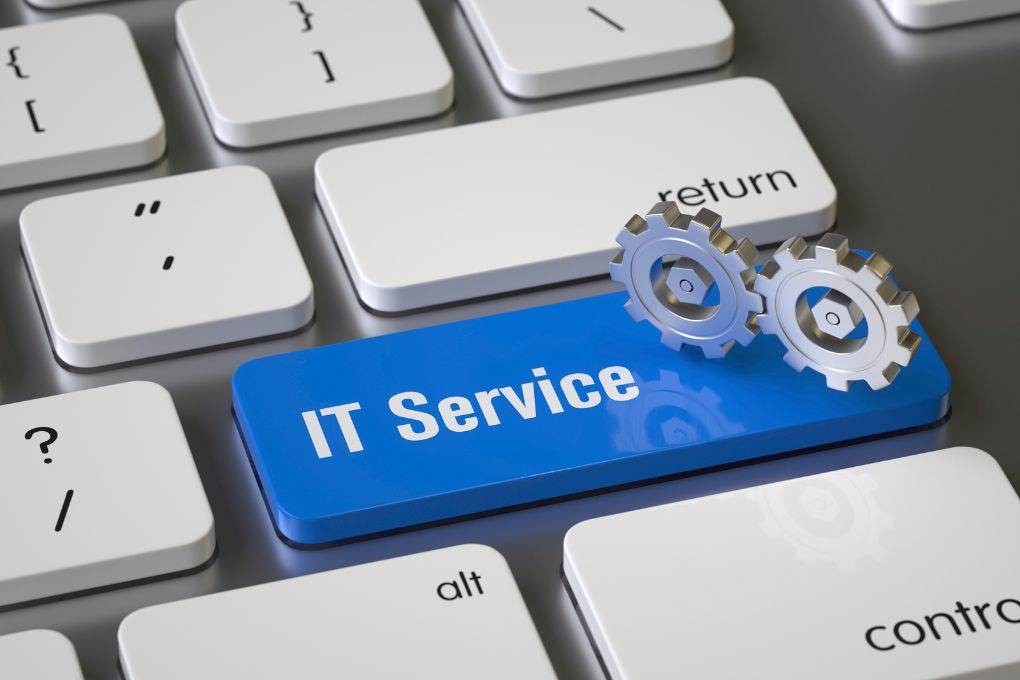
Companies must stay current on the latest IT trends and technologies to remain competitive in today’s markets. Managed IT services can help a company boost its bottom line in several ways. Companies can save money and improve their internal operations by outsourcing IT tasks to a managed service provider.
What are Managed IT Services?
Managed IT services refer to outsourcing various IT-related tasks and responsibilities to a third-party service provider. These services are designed to help businesses manage and maintain their IT infrastructure and troubleshoot and resolve any issues that may arise. These services are negotiated through a managed services contract that can be made between a company and an IT provider. Finding the right partner for your company’s IT needs is essential for creating a competitive and cost-effective agreement that covers all your network needs and any issues that may arise. You can learn more about how to build a beneficial managed services contract by visiting ConnectWise. The ConnectWise IT experts can help your company design an effective IT strategy to boost your bottom line and improve your business efficiency. Here are a few ways managed IT services can help cut costs and improve efficiencies:
Operational Costs
One of the primary benefits of managed IT services is that they can help boost a company’s bottom line by reducing operational costs. By outsourcing IT tasks to a managed service provider, businesses can eliminate the need for in-house IT staff and the associated costs of hiring, training, and retaining these employees. This can result in significant cost savings, particularly for small and medium-sized businesses needing more resources to maintain a full-time IT team.
Hardware & Software Management
In addition to reducing labor costs, managed IT services can help businesses save money on hardware and software. Managed service providers often offer competitive pricing on hardware, software, and other IT-related products, as they have established relationships with various vendors and suppliers. This can help businesses save money on IT-related purchases and ensure they get the best prices on the products and services they need.
Efficiency
Another way that managed IT services can help boost a company’s bottom line is by increasing efficiency and productivity. With the right managed IT support, businesses can minimize downtime and reduce the number of IT-related issues they encounter. This can help employees stay focused and productive, allowing them to complete tasks and projects more efficiently.
Updated Technology
Managed IT services can also help businesses stay up-to-date with the latest technologies and trends. As the world of IT is constantly evolving, it can be challenging for businesses to keep up with the latest developments. Managed service providers are typically well-versed in the latest technologies and can help companies to implement new solutions and upgrades as needed. This can help businesses stay competitive and utilize the most effective and efficient technologies.
Security
Another way that managed IT services can benefit a company’s bottom line is by improving security and reducing the risk of data breaches. Cybersecurity is a significant concern for businesses of all sizes, and a data breach can be devastating in terms of financial and reputational damage. Managed service providers can help companies to implement robust cybersecurity measures and provide ongoing monitoring and support to help prevent data breaches.
Managed IT services can also give businesses peace of mind and a sense of security. Knowing a team of experienced professionals working on and maintaining their IT infrastructure can be a great source of comfort for businesses.
Overall, managed IT services can benefit businesses, including cost savings, increased efficiency and productivity, access to the latest technologies, and improved security. By outsourcing IT tasks to a managed service provider, businesses can free up resources and focus on their core competencies, which can help boost their bottom line and drive long-term growth.
Also Read : What Can ECM Software Do For You?




